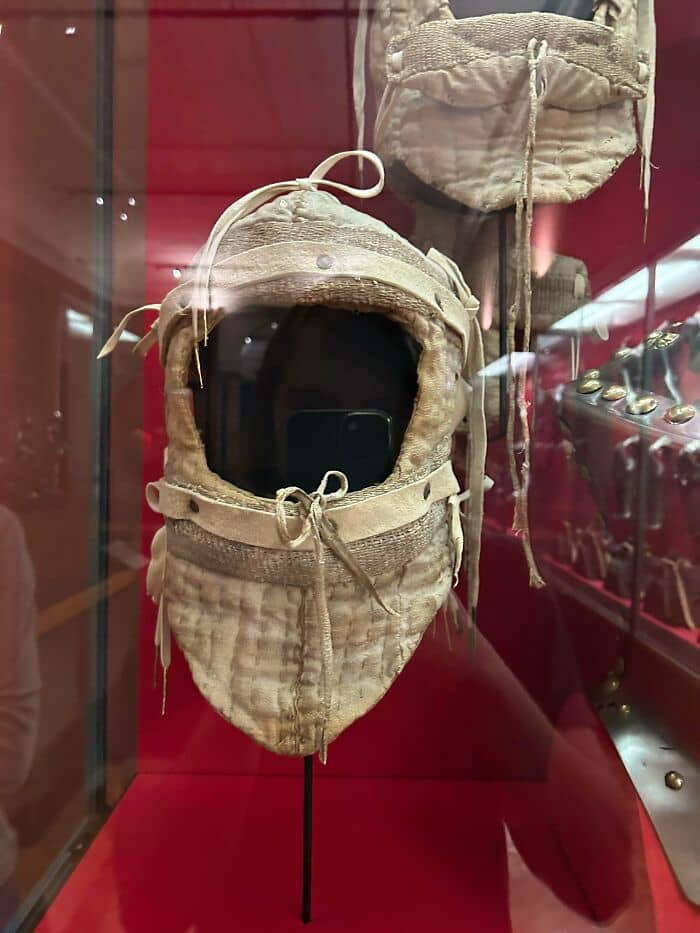The Middle Ages, usually dated from the 5th to the late 15th centuries, were a period of striking contrasts. Castles rose across Europe, knights pledged their loyalty to their owners, and entire cities grew around bustling trade routes. But daily life was still full of hardship and superstition. It was an era of plagues and pilgrimages, battles and ballads, and the subreddit r/MedievalHistory offers a glimpse into these polarizing times through pictures, artifacts, and captivating stories.
#1 One Of Edinburgh Old Town’s Finest Hidden Gems, The Writers’ Museum
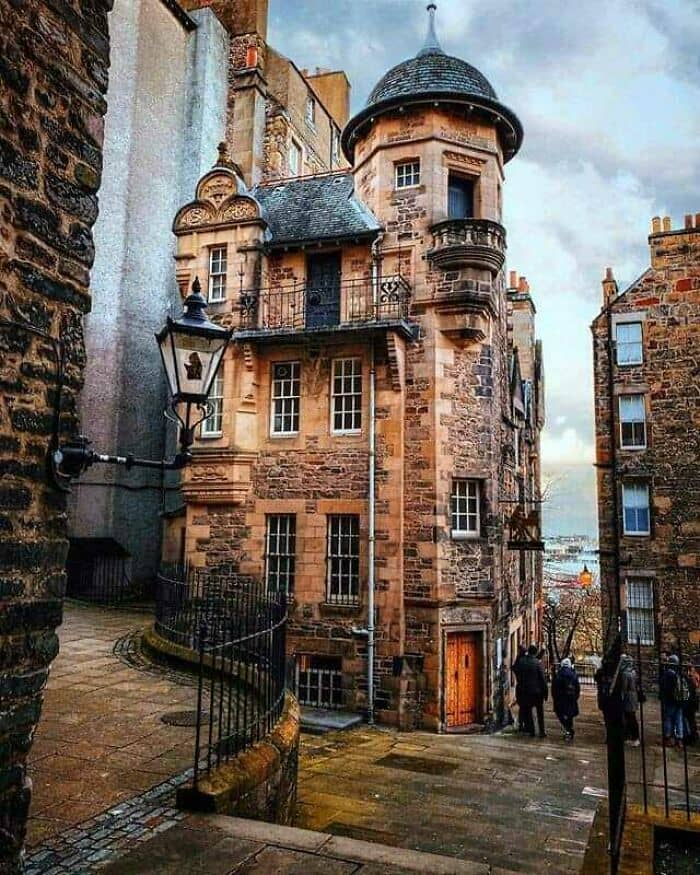
#2 The Medieval North Door Of St Edwards Church In Stow-On-The-Wold, Flanked By 700 Year Old Yew Trees
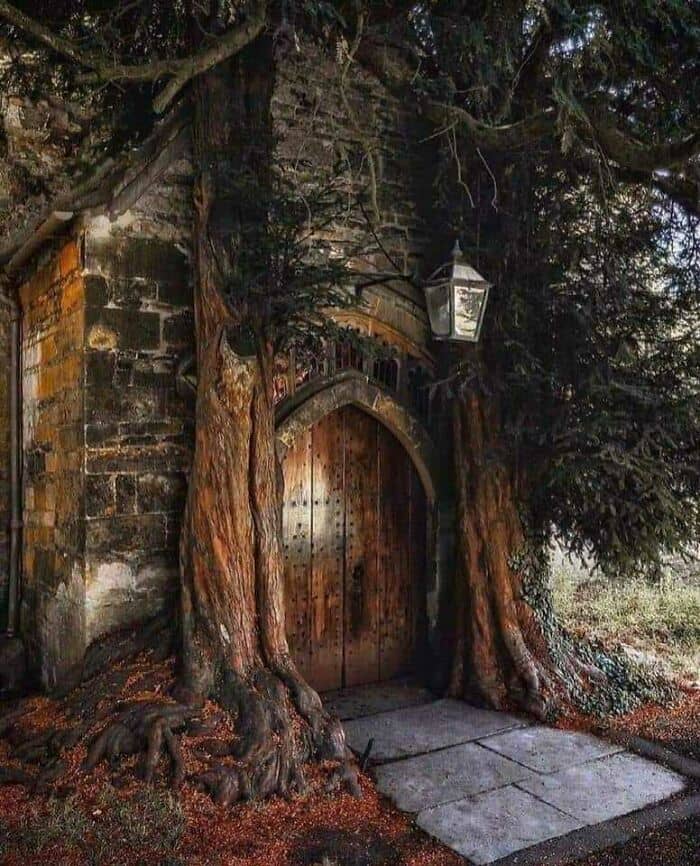
Some call the years before the Renaissance and Enlightenment as Europe’s “Dark Ages,” a time of backward and brutal people who were technologically primitive and hopelessly dumb, but in fact, the Dark Ages was anything but dark.
For example, both indoor and outdoor bathing were beloved in Europe. People not only made and used soap at home, but they frequentedbathhouses—some public, some private,and somemerely fronts for brothels.
Medieval people were also well aware of the importance of dental hygiene. They were advised to rinse their teeth with water on waking to wash off any mucus that had built up overnight.
Gilbert the Englishman, a 13th-century doctor, suggested rubbing teeth with powders made from herbs such as mint or marjoram, and according to Gerald of Wales, the Welsh were particularly enthusiastic teeth-cleaners: “They are constantly cleaning them with green hazel-shoots and then rubbing them with woollen cloths until they shine like ivory.”
#3 Monteriggioni Is One Of The Best Preserved Walled Medieval Towns In Tuscany, Italy
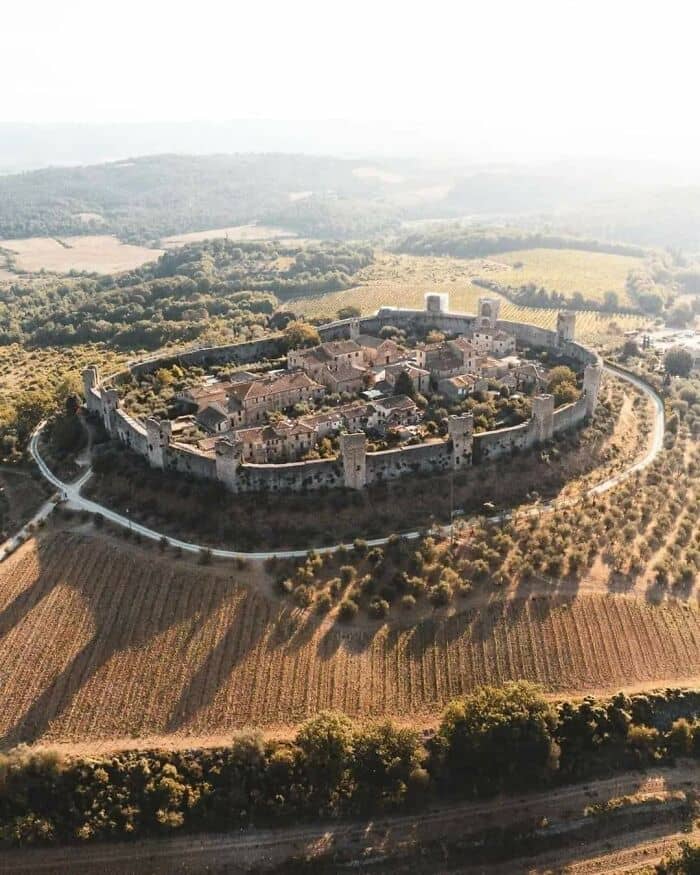
#4 Eltz Castle Is A Medieval Castle Nestled In The Hills Above The Moselle River. Rhineland-Palatinate Germany
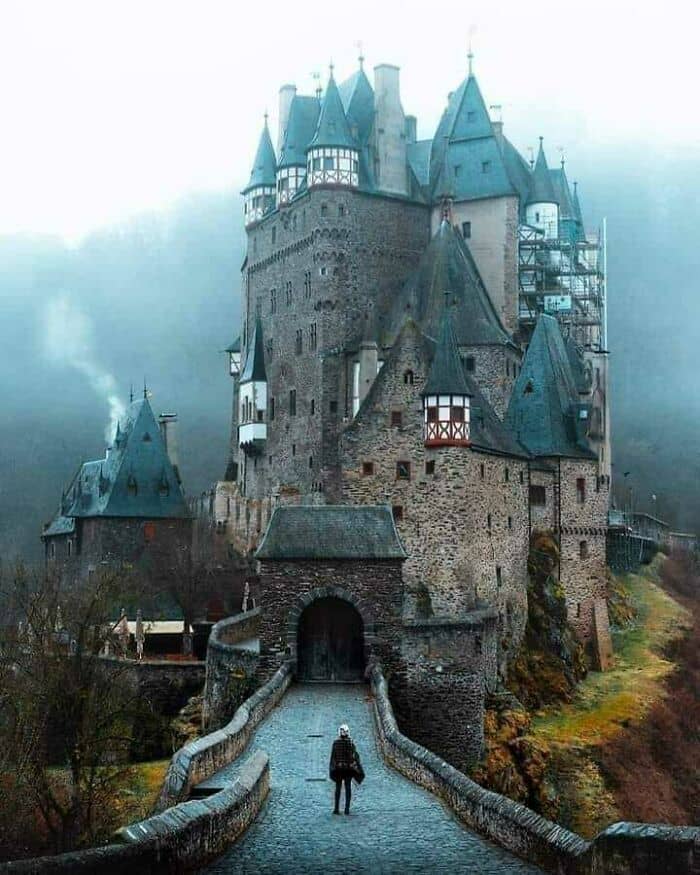
#5 It Is A Rock Hewn Church In Ethiopia
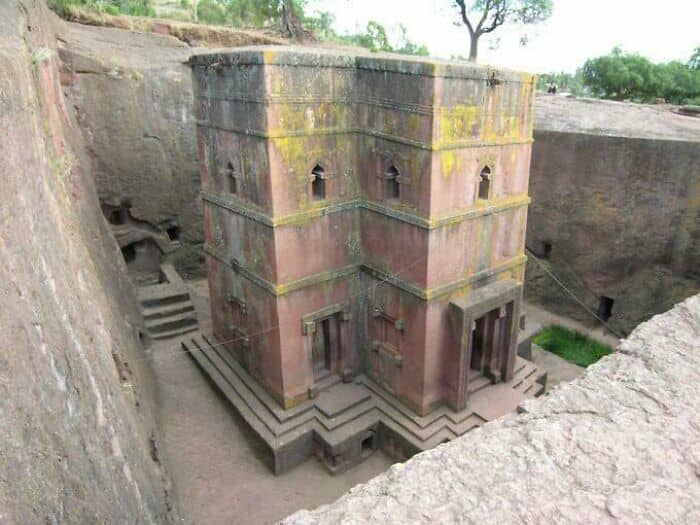
In some 14th-century Burgundian villages, it seems that people at the bottom of the social hierarchy literally owned only the clothes they stood up in.
However, there is ample evidence suggesting that most people owned at least a change of clothes, and that they washed them relatively frequently.
Clothes could be washed in a tub, often with stale urine or wood ash added to the water, and stamped or beaten with a wooden bat until clean.
Some did their washing in rivers and streams, and larger rivers even had special jetties to facilitate this, such as ‘le levenderebrigge’ on the Thames.
#6 My Dad Found This Sword In A Tree Root On A Forest In Germany
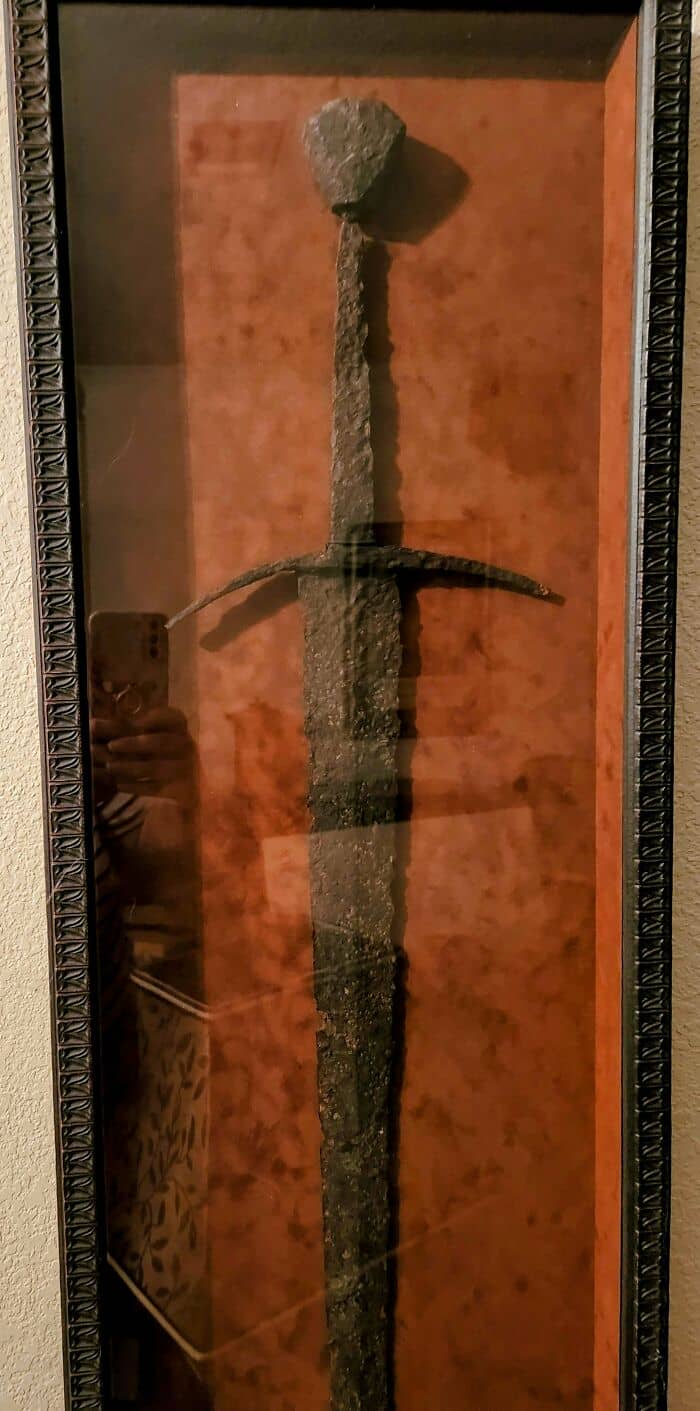
#7 St. Kevin’s Kitchen , A 900-Year-Old Monastic House In Glendalough , Wicklow County , Ireland
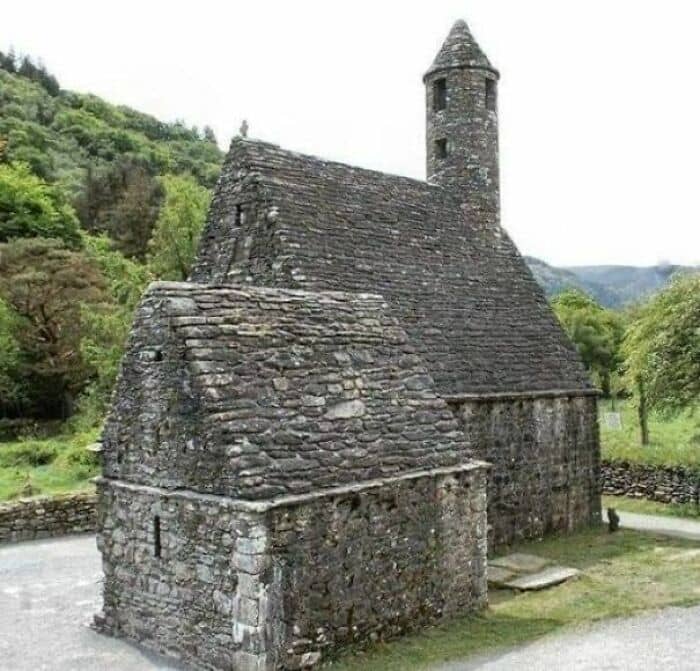
#8 Bust Of Charlemagne (14th Century)
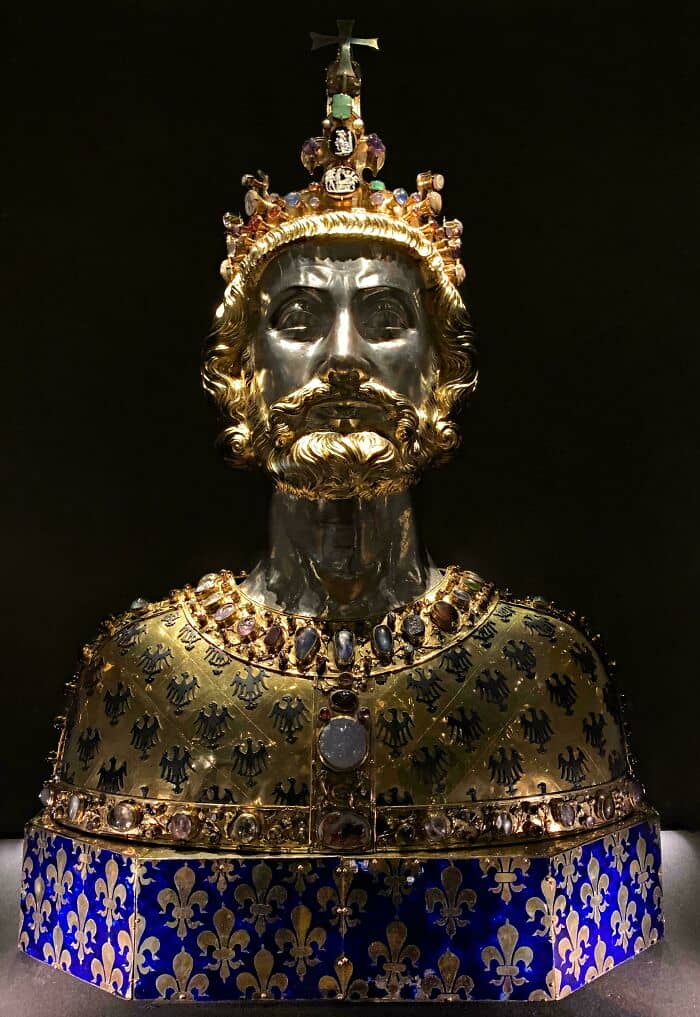
#9 Vase Given By Eleanor Of Aquitaine To Her First Husband Louis
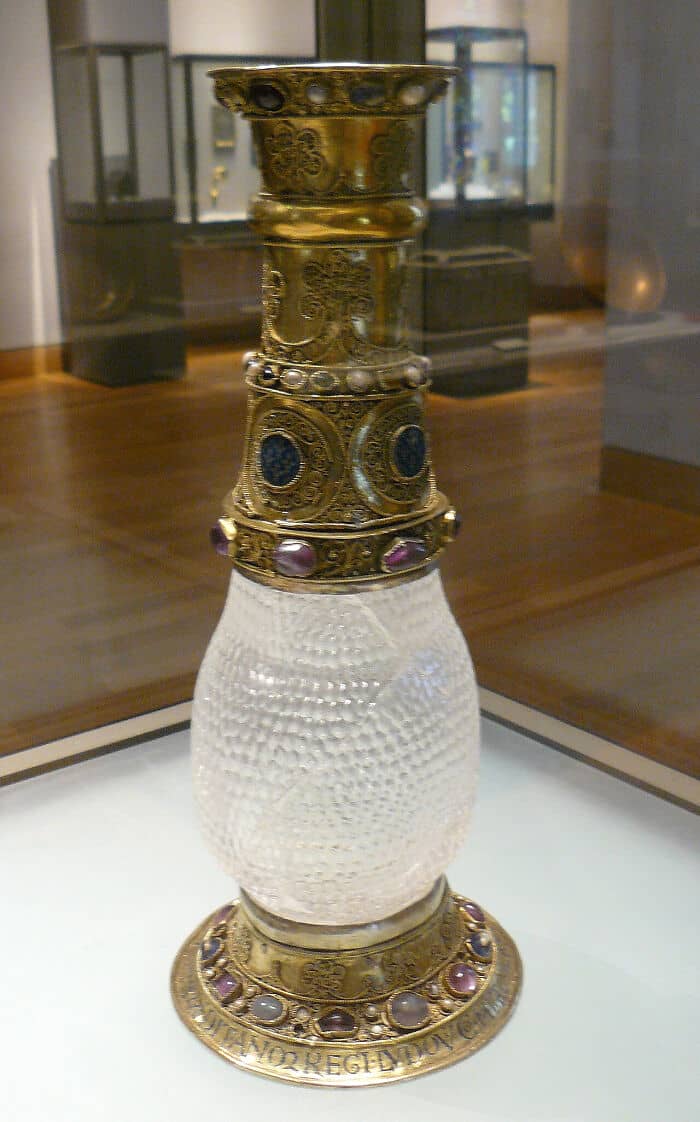
Even though travel was elemetary compared to the modern age, a fair amount of diversity can still be found throughout medieval society.
An analysis from 2019 used DNA from bones in a Black Death cemetery in London to reveal a more diverse city than previously thought. Research of 41 people revealed seven different places of origin, people of African ancestry, and people with dual white European and black African heritage.
#10 Illuminated Page From The Chronicon Pictum (1358)
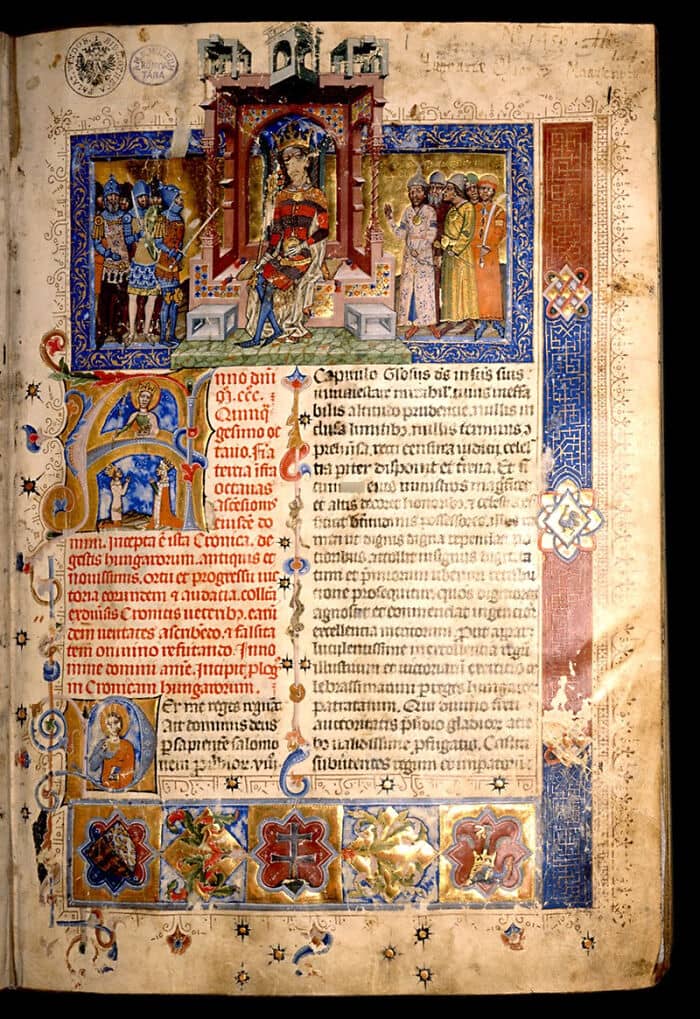
#11 Why Does Movies And TV Shows Do This?
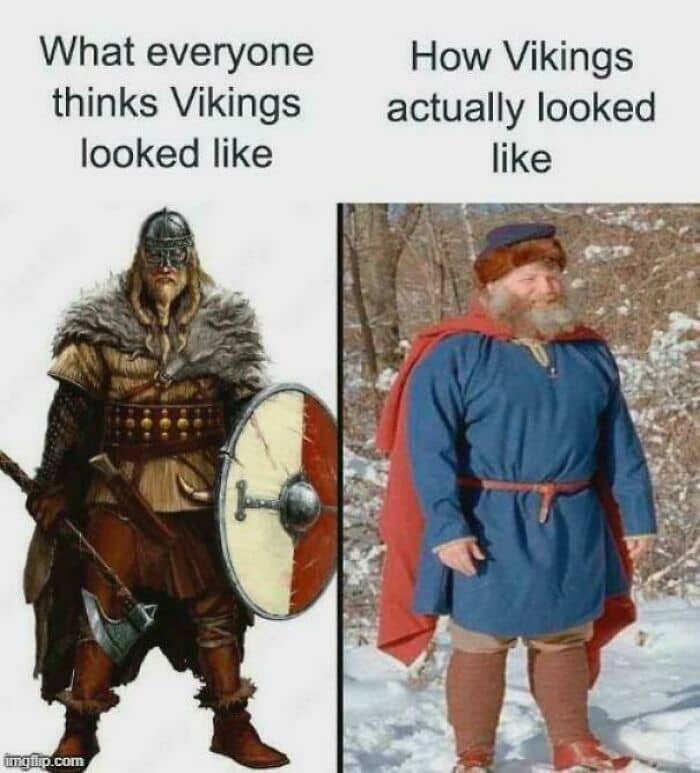
#12 This Diver Dude Just Found An 11thc Crusader Sword In The Sea Near Israel
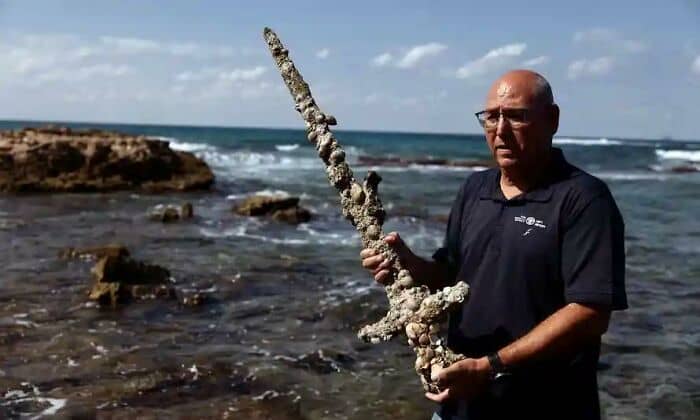
Scholars, artists and engineers were also active during the Middle Ages.
During this time, they produced the first eyeglasses, figured out mechanical timekeeping, introduced the heavy plow, and moveable type—three inventions that would enable the Industrial Revolution and the Age of Enlightenment.
The formation of guilds elevated artists from the peasantry into the rakns of coveted craftspeople, while everything from illuminated manuscripts to tapestry and sculpture thrived during the era.
#13 My Pencil Drawing Of Armor Belonging To Duke Maurice, Elector Of Saxony, Ca. 1545
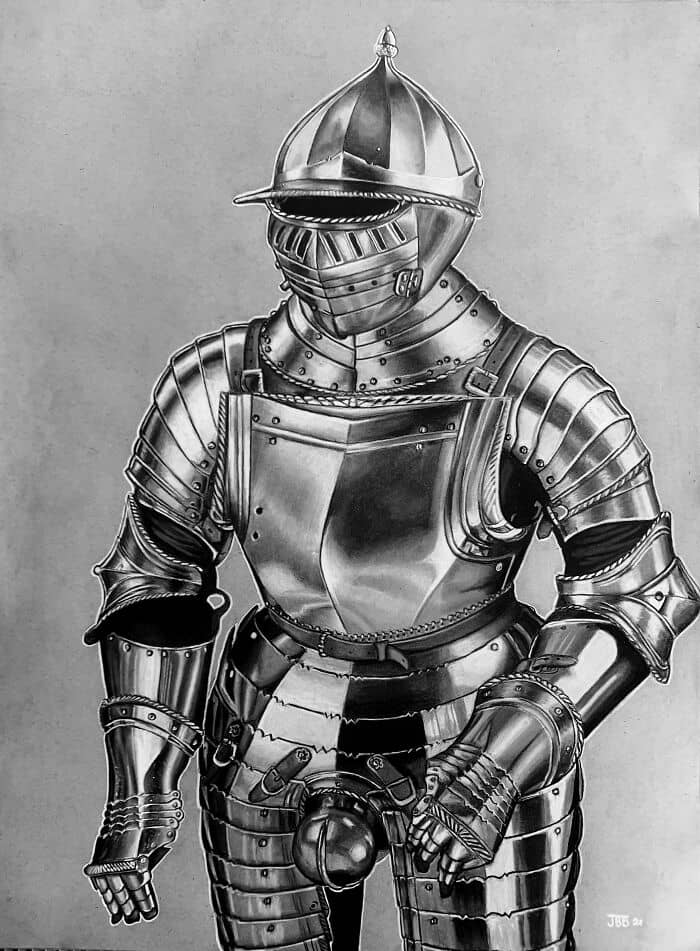
#14 Ivory Book Cover (Late Carolingian)
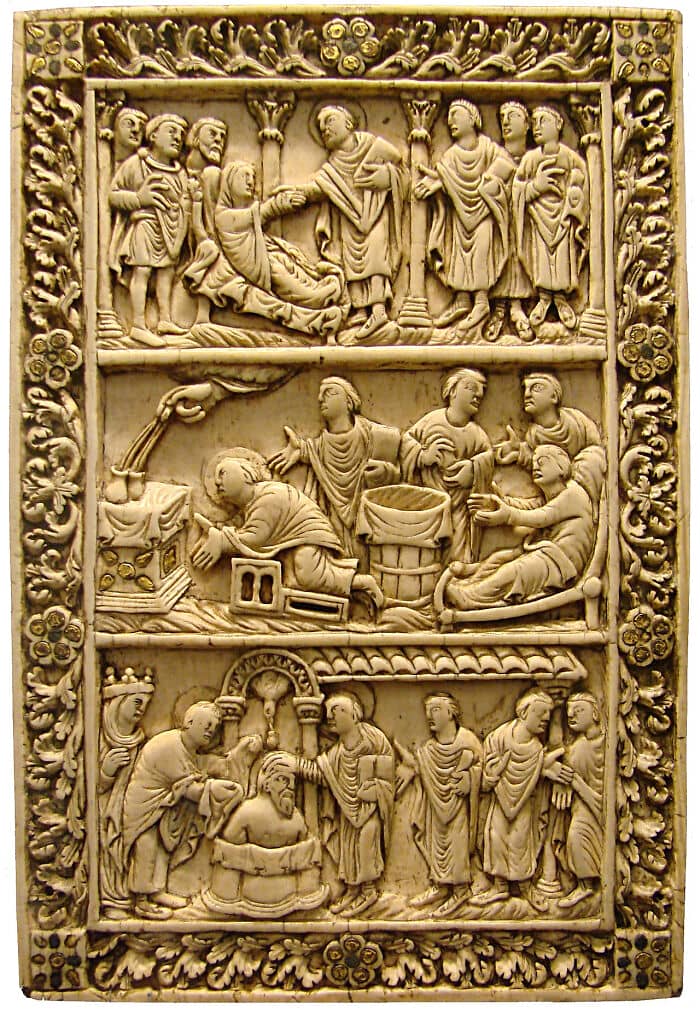
#15 Reichskrone Was Amazing To See In Person
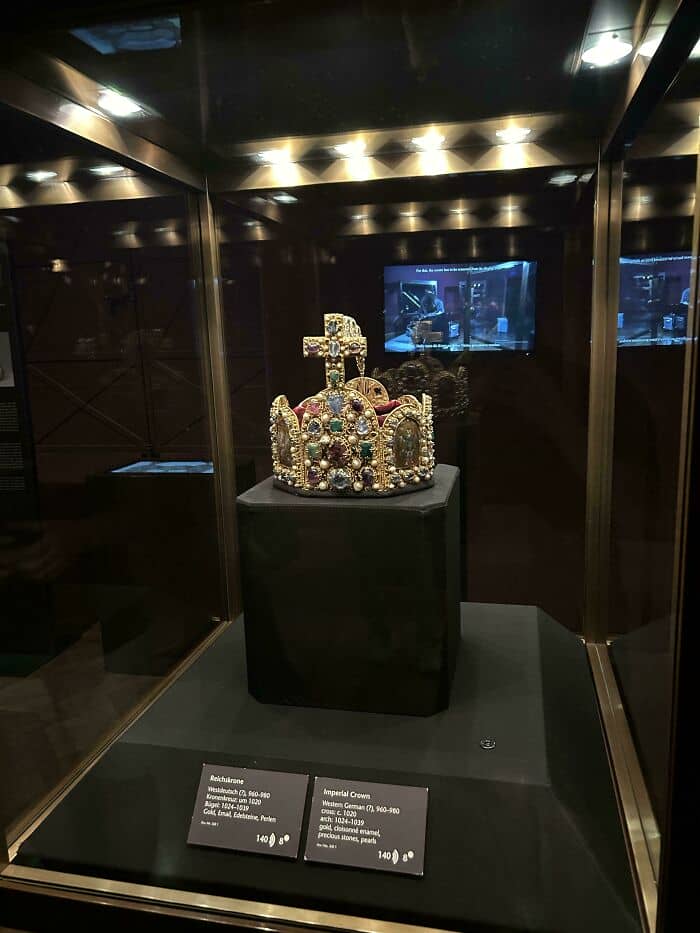
#16 My 15th Century Bronze Merchant Seal Ring Showing A Fleur De Lis
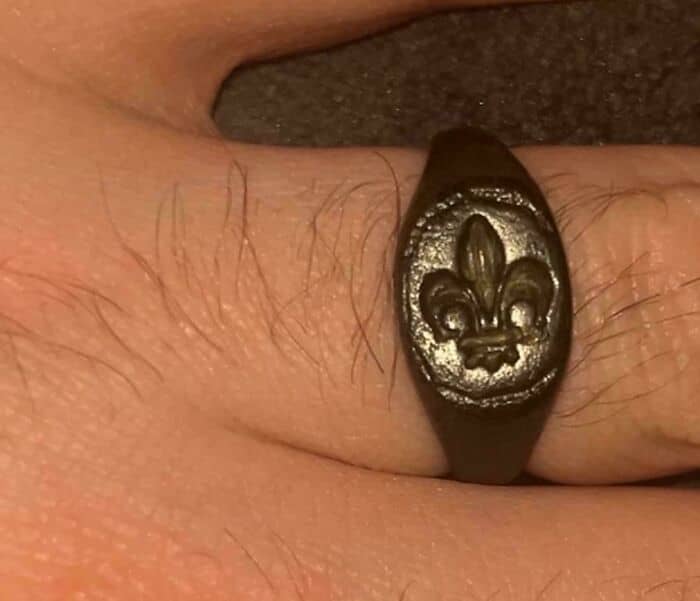
However, understanding of the world was limited. Among the non-European lands known to medieval people, India may have been the most important.
“Europeans got most of their knowledge about the Indian subcontinent from the remnants of Greek learning, which had eroded over the centuries since the end of the classical period but survived in some Latin works,” writes medieval literature scholar and critic Dr. Josephine Livingstone.
“The earthly paradise was reputed to exist in or near India, at the farthest eastern edge of the world. Stories about Alexander the Great were particularly popular, having been handed down from the classical period. Alexander, the leader of the ancient Greek kingdom of Macedonia in the 4th century, famously travelled all the way to India in his pursuit of power and lands. Many manuscripts describe his battles and adventures with fabulous creatures.”
#17 Medieval Crusader Seal Ring (C. 11th–13th Century)
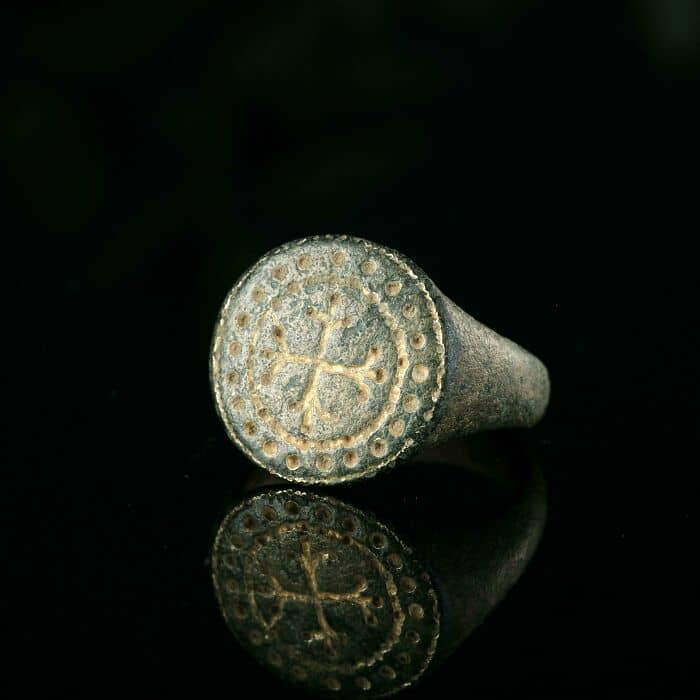
#18 Pyxis From Umayyad Al-Andalus, 10th Century Ce
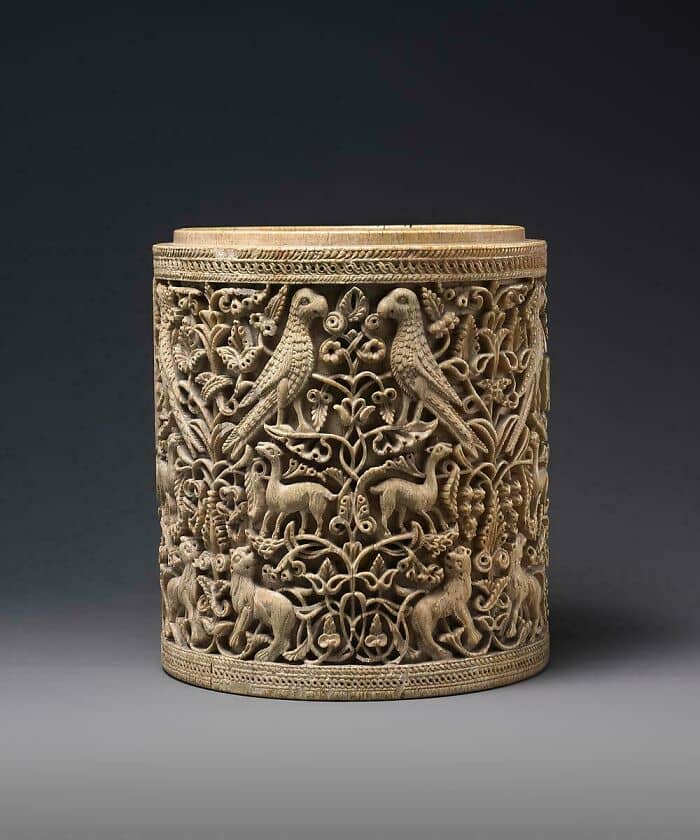
#19 Surprisingly Accurate Elephant From The Workshop Bestriary From 1185
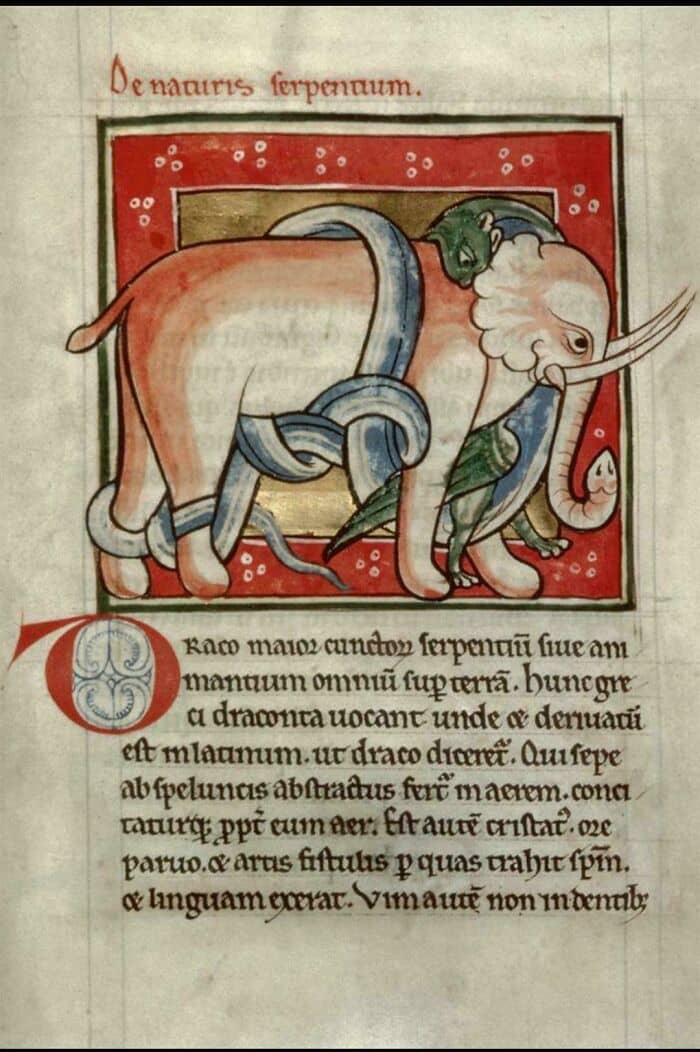
#20 Viterbo, One Of The Few Medieval City With Its Entire Defensive Wall Still Intact (Built Between 1095 And 1268)
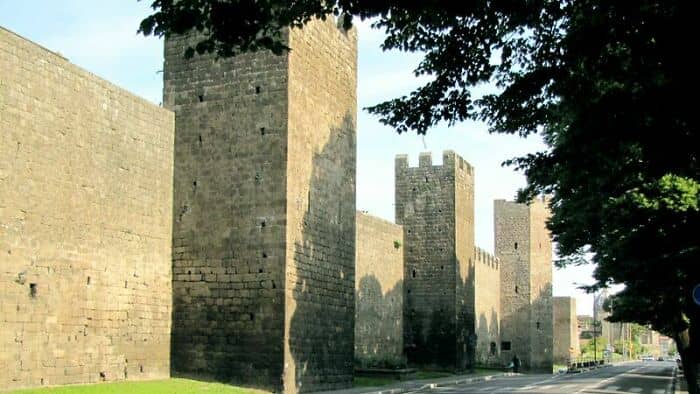
Latin sources gave medieval writers and map-makers a variety of options to draw upon for describing regions of the world. These sources, which didn’t always agree with each other, meant that new medieval writings blended easily into an already-varied culture.
“Writers … who drew on the works of Pliny the Elder encouraged the idea that Asia and Africa were very hot places full of monsters and strange people: people without noses, or with giant feet to shade them from the sun, or with dogs’ heads, for example,” Livingstone explains.
#21 11th Century Ivory Reliquary From England
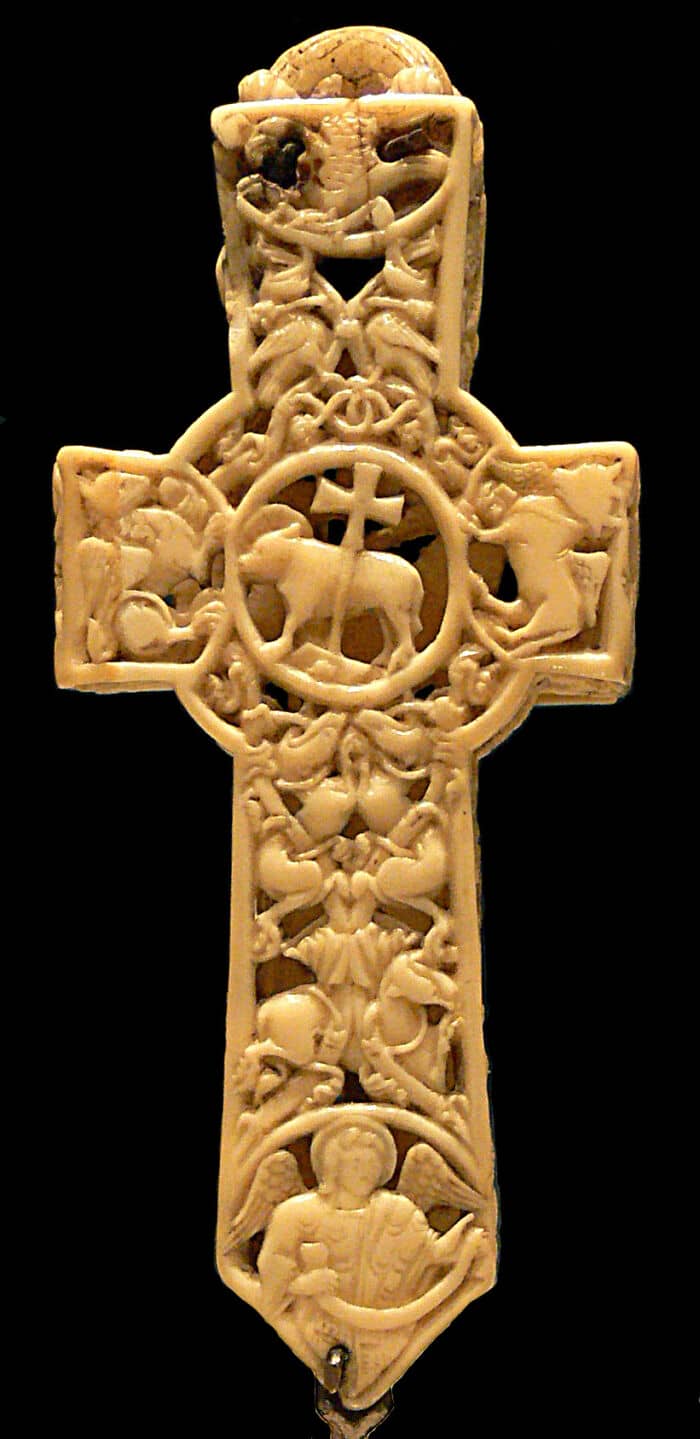
#22 An Anglo-Saxon Burh, The Trading Hubs Of England. By 1066 About 10% Of The English Population Lived In Burhs
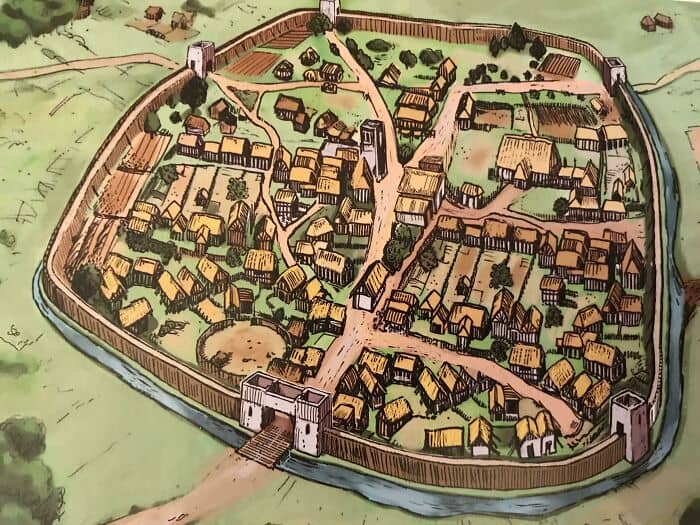
#23 Margaret Mortimer And Her Son. Bristol Cathedral. Photo Taken With Permission, Its Out Of Bounds On A Normal Visit
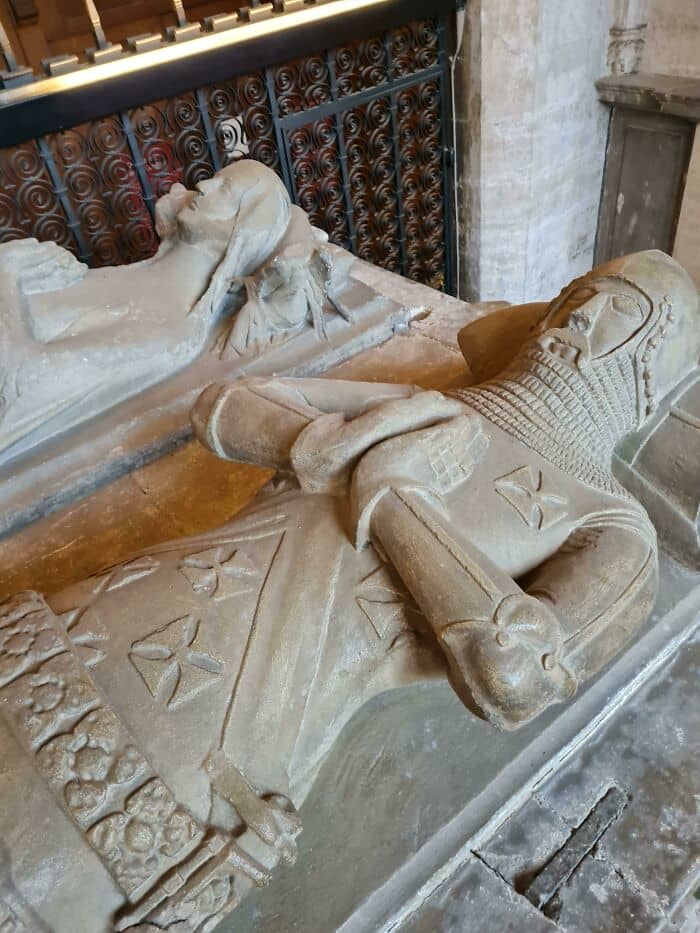
#24 Portrait Of John The Fearless (B. 1371, D. 1419)
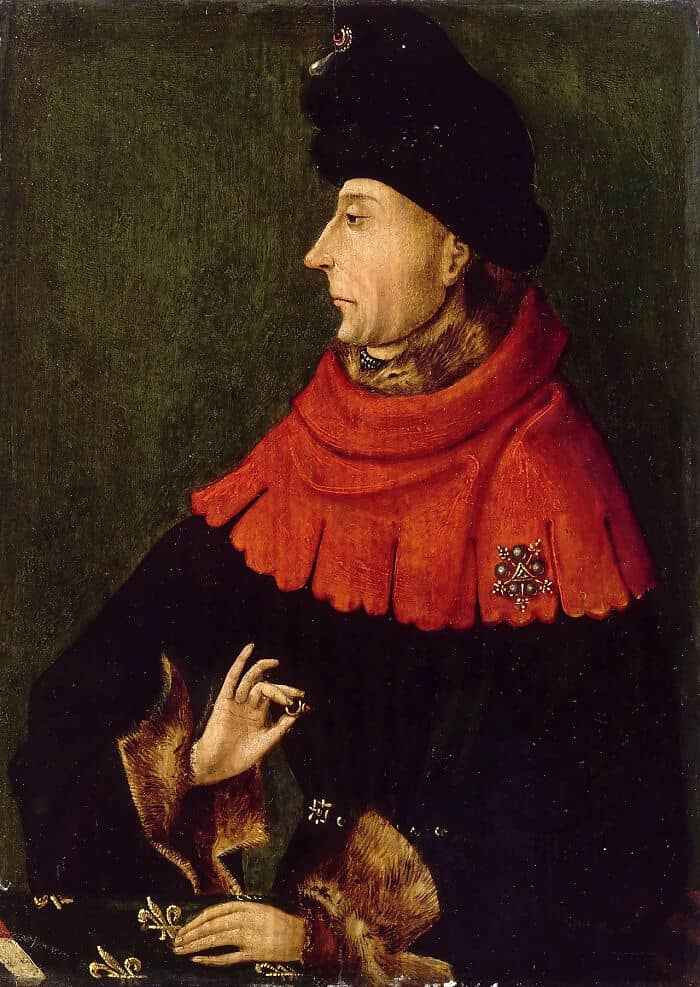
The Old English The Marvels of the East is one such text that draws on these ideas, as well as those found in a hotchpotch of other Latin sources. “Preserved in three manuscripts, including the book that contains Beowulf, this text describes and illustrates a vast range of strange and magical people and animals. Here you will find dragons, phoenixes and other familiar legendary creatures,” Livingstone says.
“But it also features people who are described as having ‘black’ skin, alongside other wonderful people who sleep curled up in their own enormous ears. Medieval Europeans’ view of people of different ethnicities was often bound up with wonder, fear and fiction.”
#25 Early Medieval Art Style
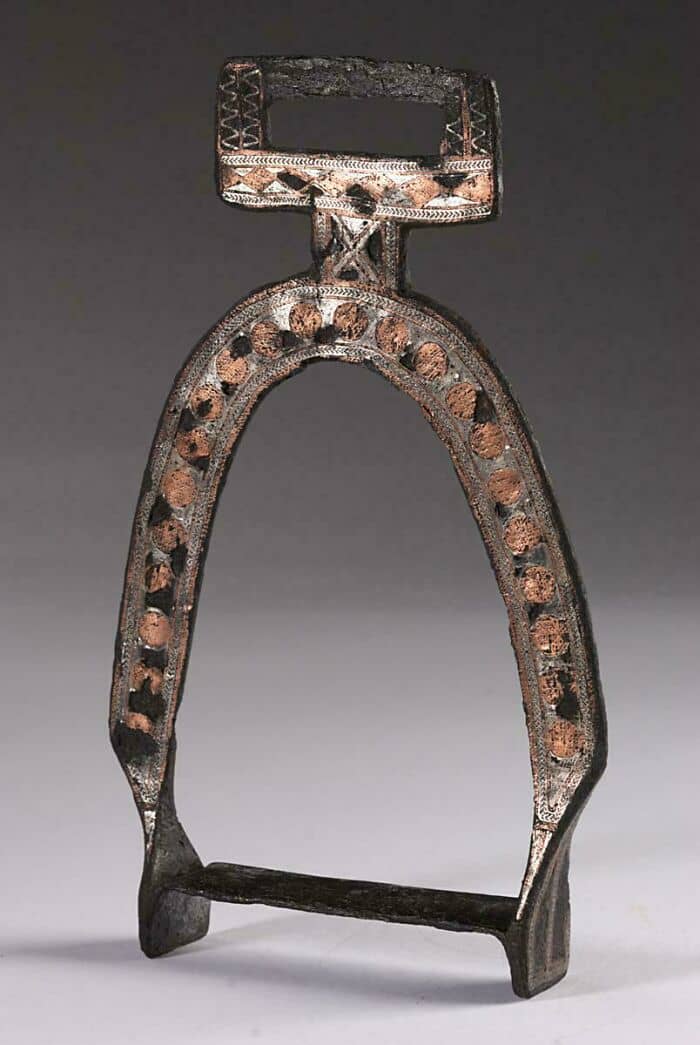
#26 Municipal Palace Of Piacenza (1281-1290)
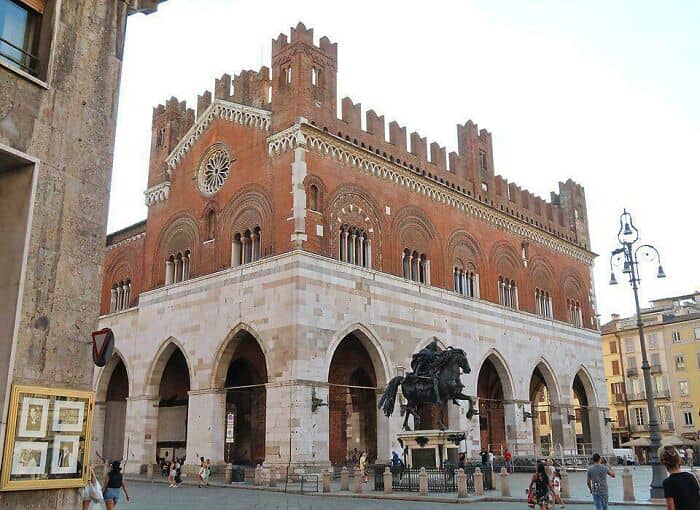
#27 This Beautiful 14th-Century Palace, With Stunning Views, Is Now A Hotel. It Was The Palace Of King Pedro I, In Carmona
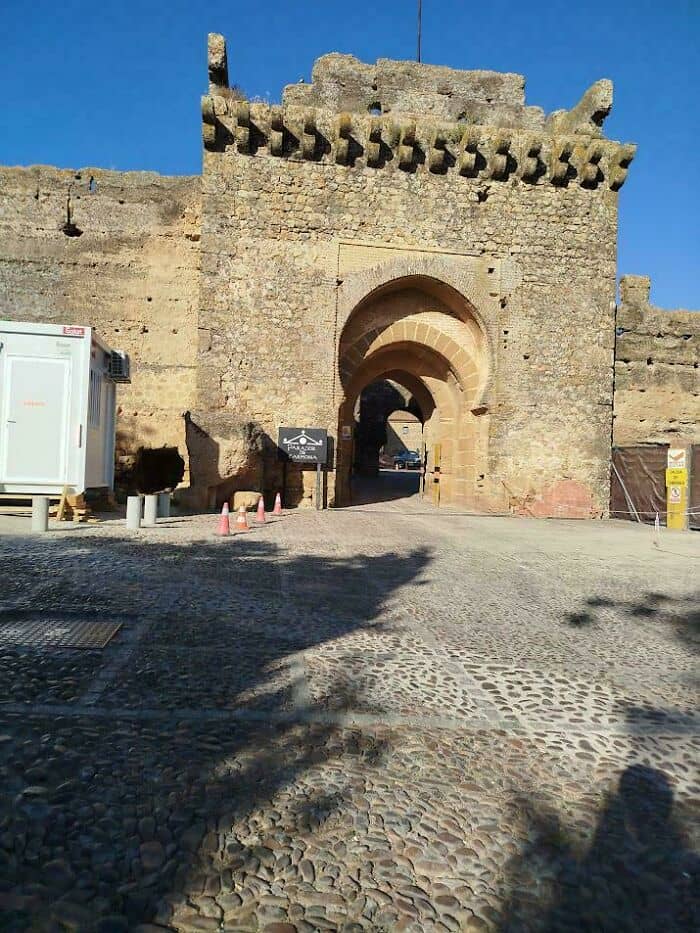
#28 Tomb Of Philippe Pot, Taken By Me, (Circa 1480)
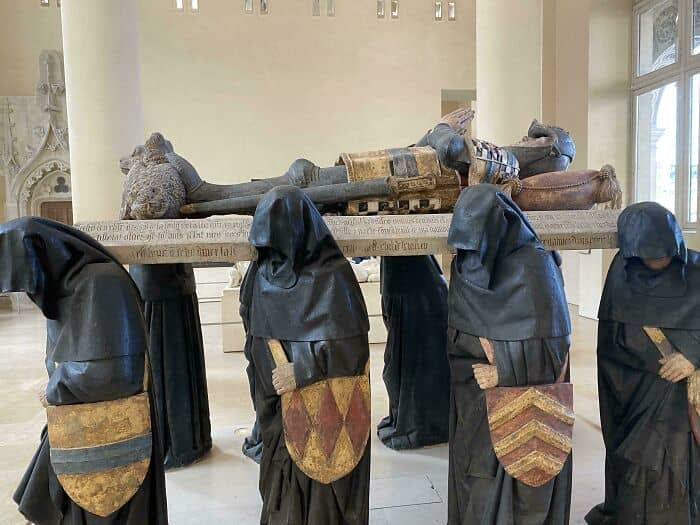
#29 This Is A Gros Tournois From The Reign Of Philip IV Le Bel Who Ruled From 1285-1314
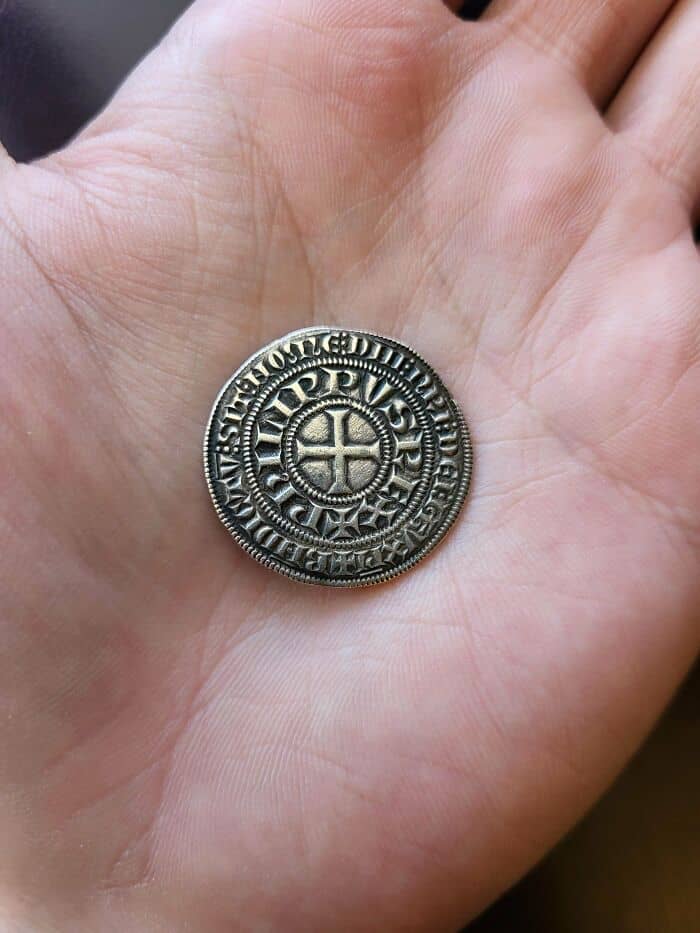
#30 Medieval Tavern In Real Life
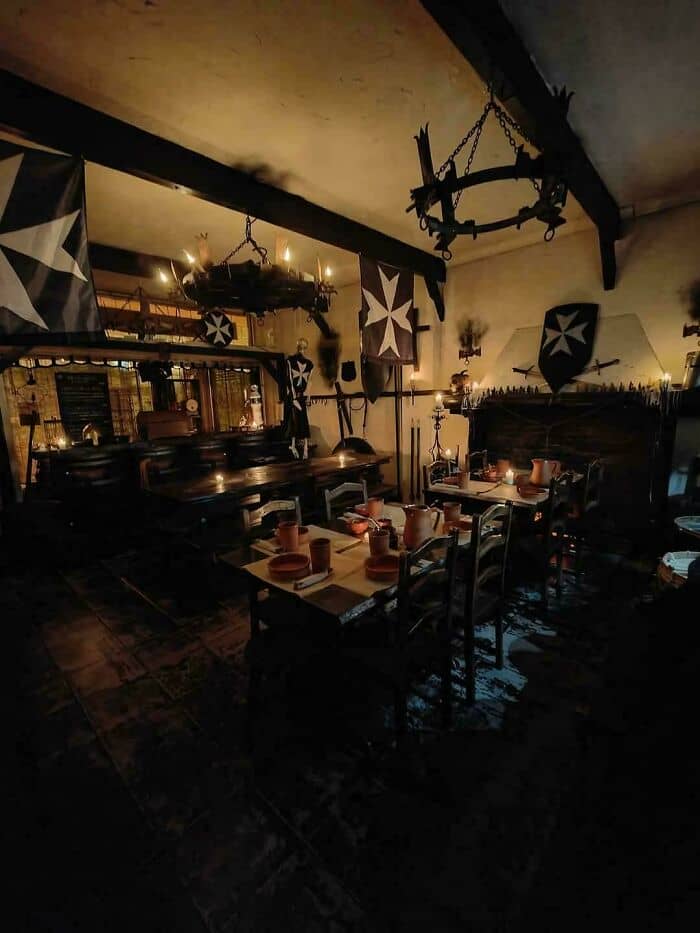
#31 John II Of Liechtenstein Helps King Wencelaus Escape From Captivity By His Step-Brother, King Sigismund
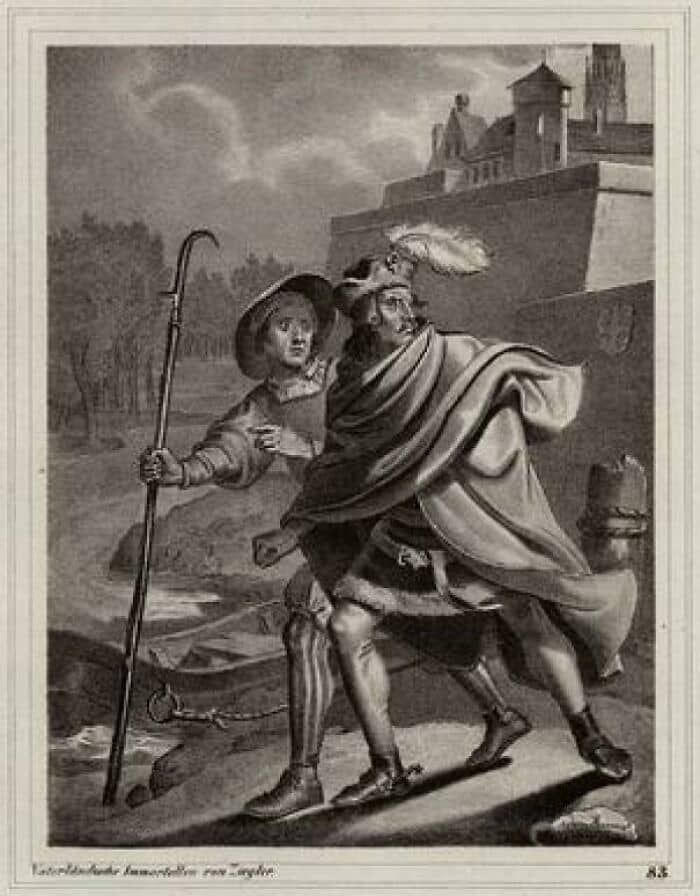
#32 Fully Armored Knight And Horse 16th Century Armor Display
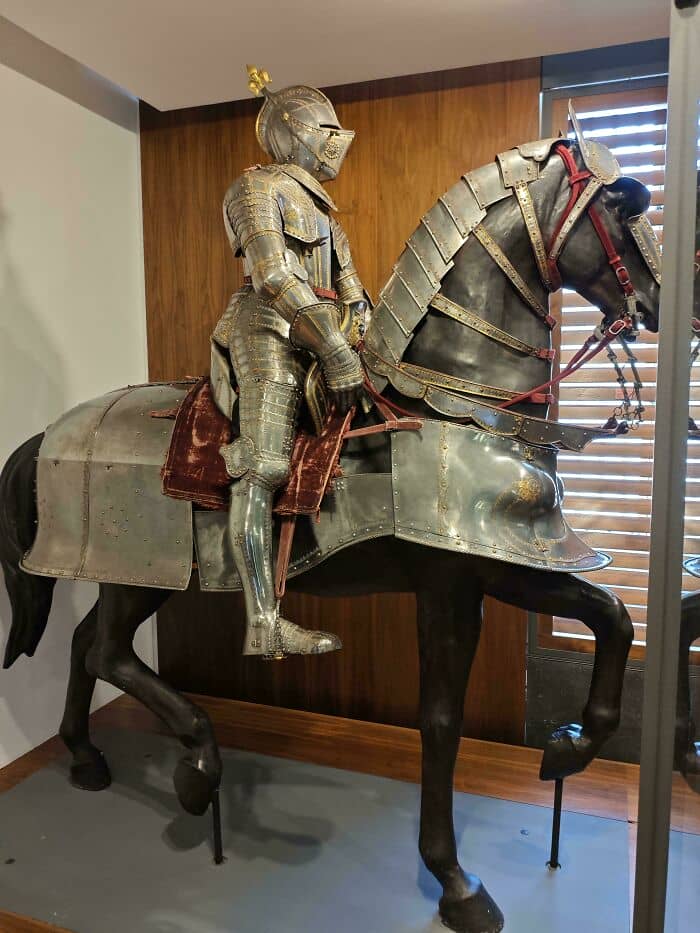
#33 Siege Of Mont-Saint-Michel 1424-1425
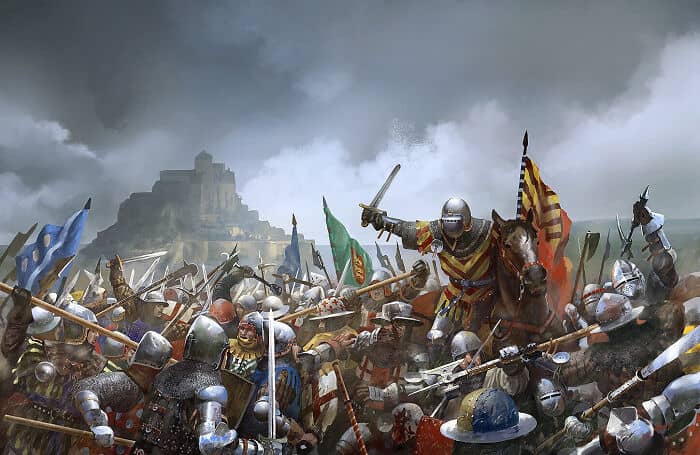
#34 14th Century Illuminated Illustration : Funeral Of Raymond Diocrès, From Les Tres Riches Heures
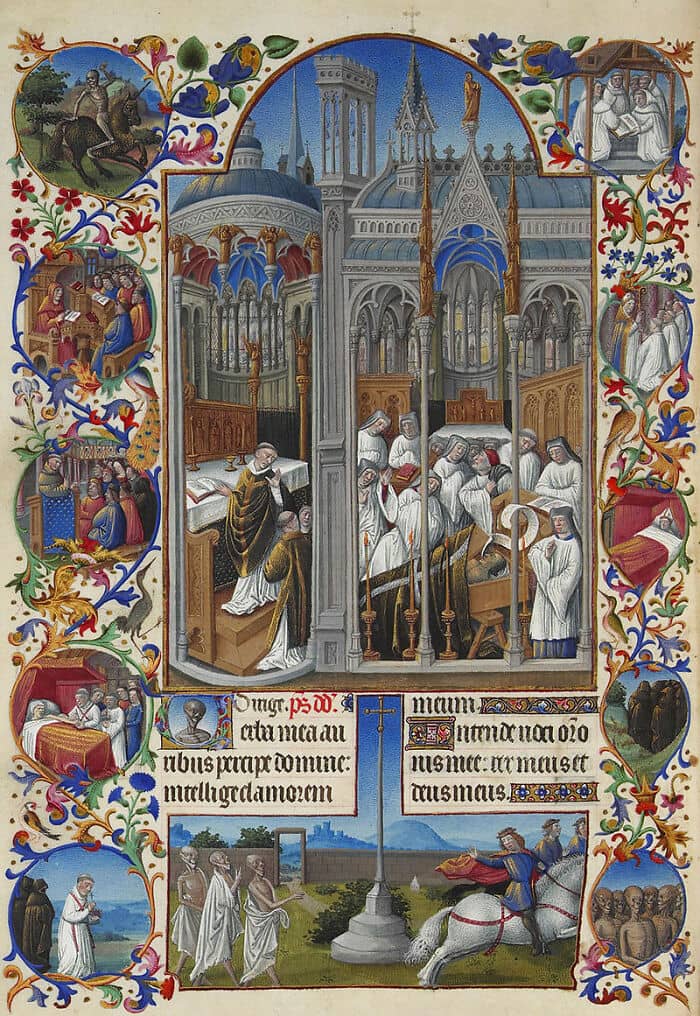
#35 An Umayyad Dirham From The Reign Of Hisham Ibn Abd Al-Malik, Minted At The Mesopotamian City Of Wasit In 740
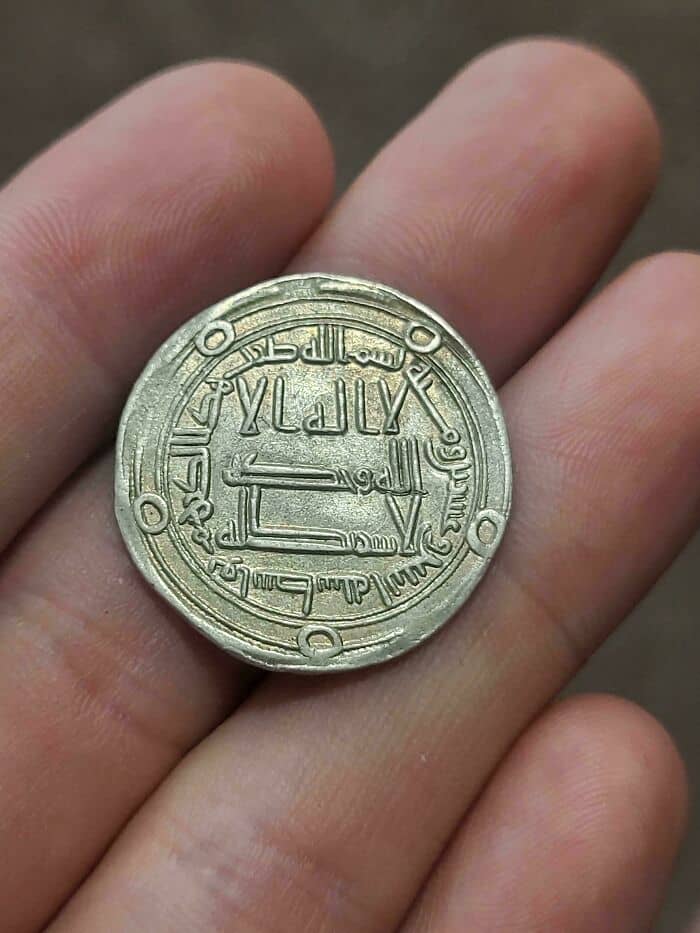
#36 Ivory Triptych
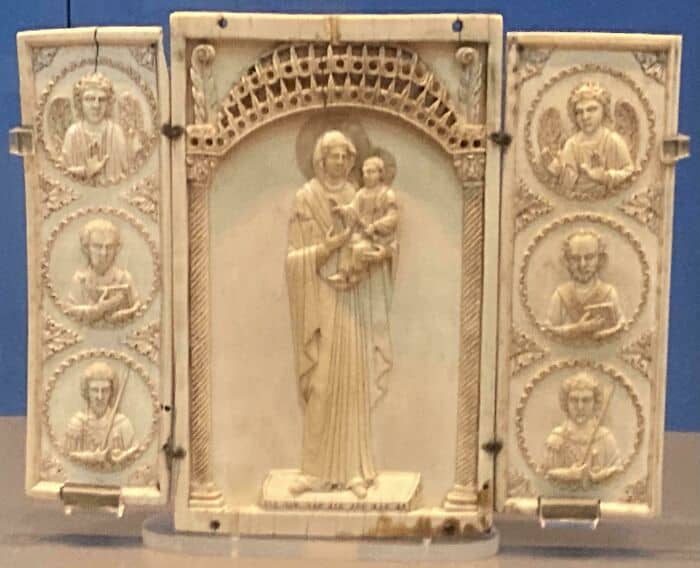
#37 Bagrationi Royal House (888 A.d.-1810)
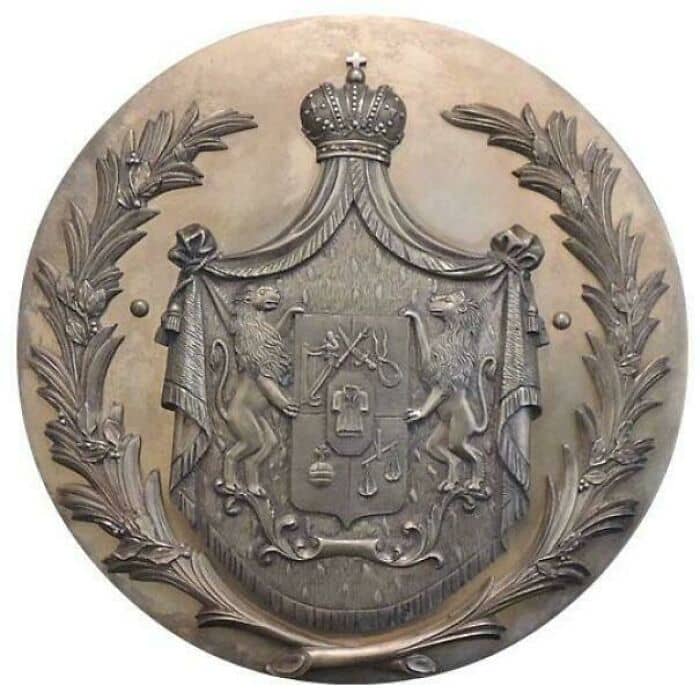
#38 So We’re Just… Making Stuff Up?
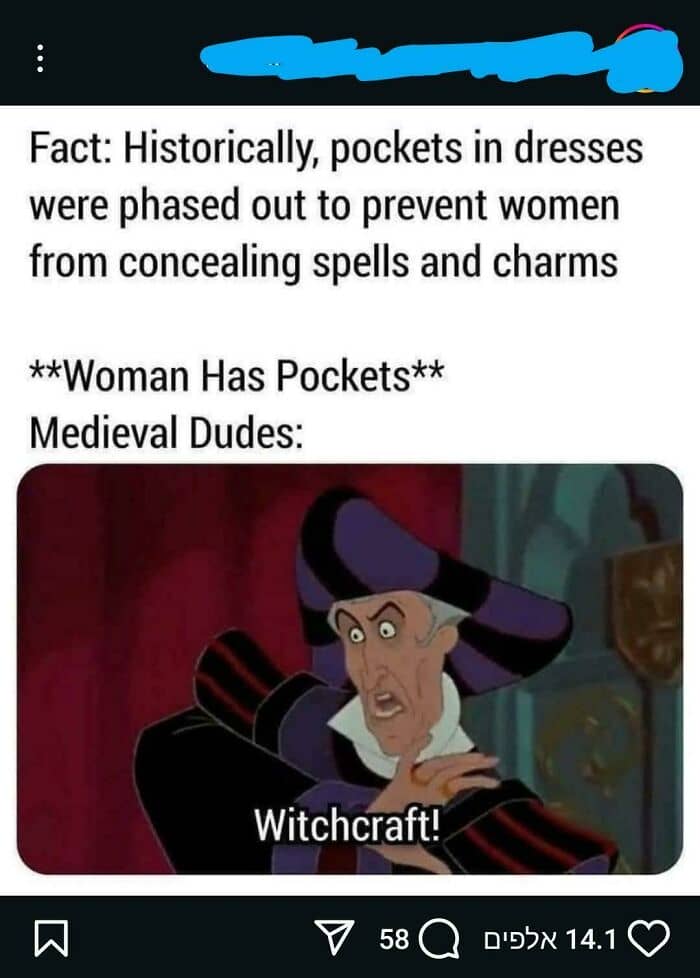
#39 King Louis IX (The Saint) According To Muslim Chroniclers
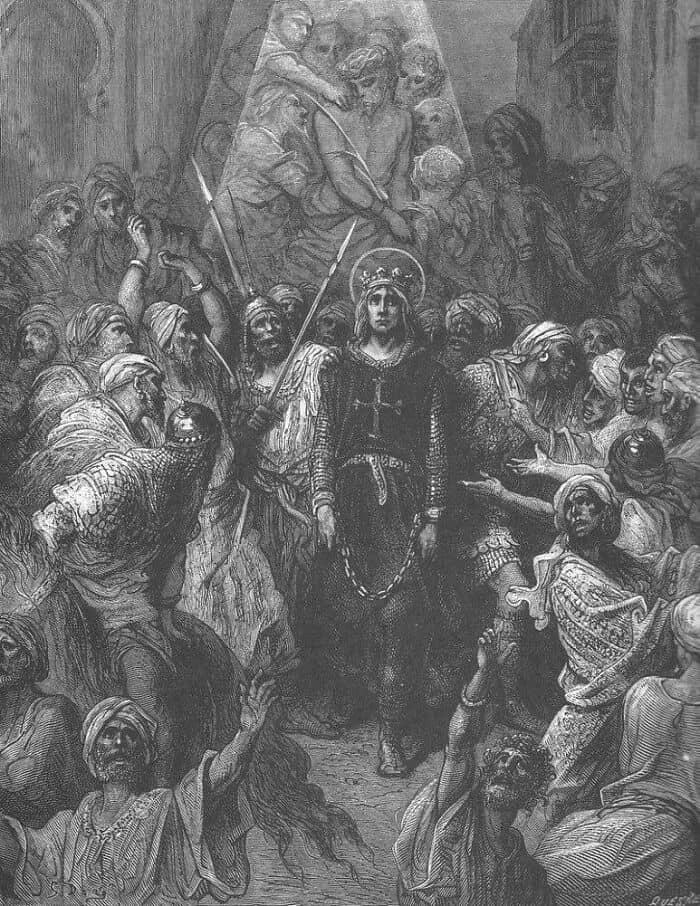
#40 Siege Of Paris (1435 – 1436)
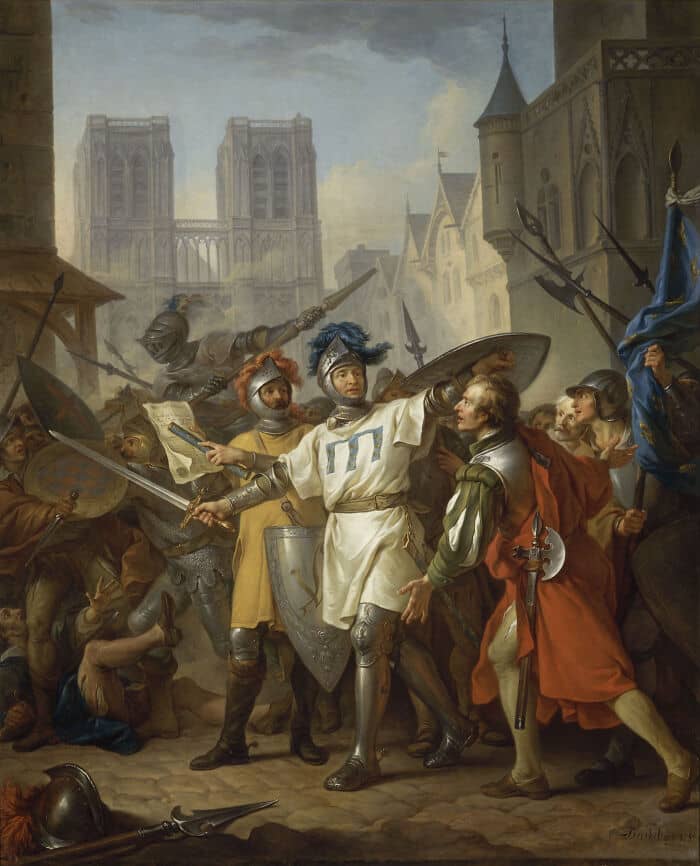
#41 I Went To The Court Hunting, Riding, And Armory Collection About A Week Ago. Thought I’d Share
